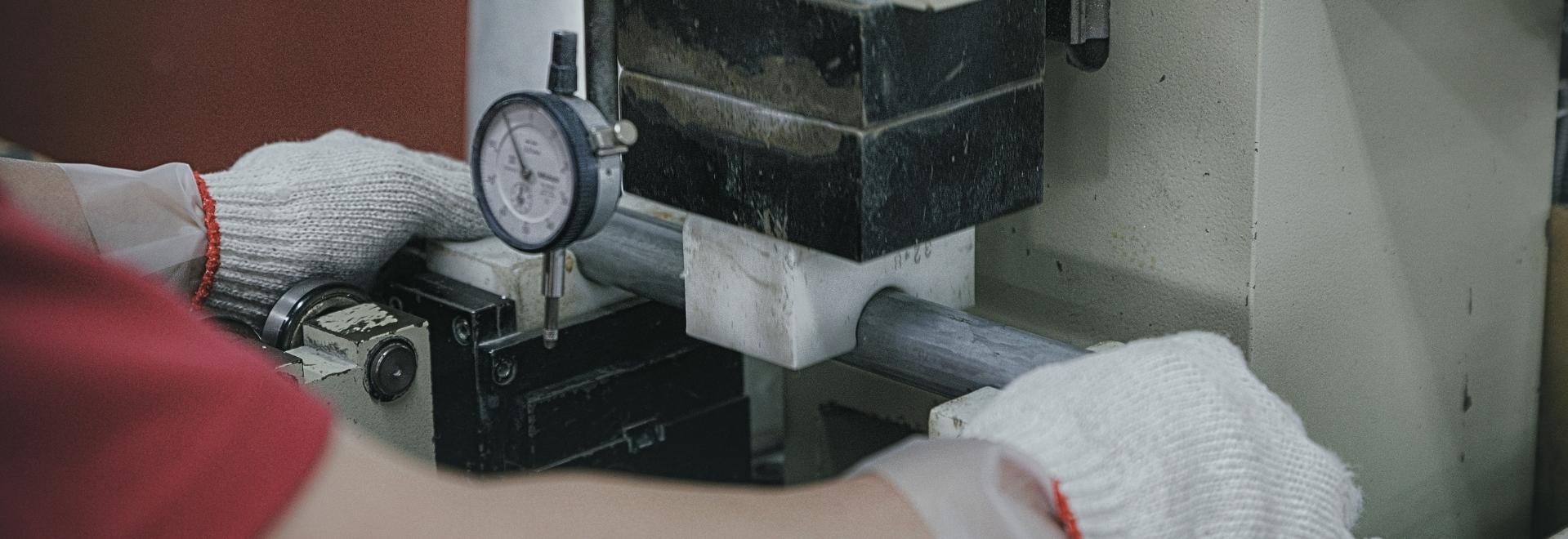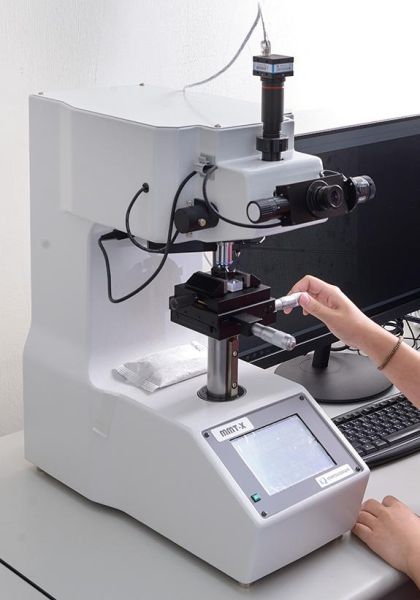In accordance with the personal data protection law implemented by the European Union, we are committed to protecting your personal data and giving you control over it. By clicking "Accept All", you allow us to place cookies to enhance your experience on this website, assist us in analyzing website performance and usage, and enable us to serve related marketing content. You can manage your cookie settings below. Clicking "Confirm" means you agree with the current settings.
01 What uses a tube drawing machine? +
Tube drawing machines are used in a wide range of applications. Their primary functions include adjusting tube sizes to meet specific needs, altering tube shapes like square or octagonal to fit various industrial uses, and enhancing product dimensional accuracy and surface smoothness. They also improve the material's structure and properties, boosting mechanical performance. Commonly seen in products like bicycle handles and shock-absorbing forks. Click here to start your custom process.
02 What are the benefits of processing aluminum alloys with a tube drawing machine? +
Processing aluminum alloys with a tube drawing machine ensures high efficiency, precision, and stability. This technique maintains the lightweight nature of aluminum alloys while enhancing their structural strength and durability, making them suitable for high-precision industrial applications. Discover more details!
03 What are the key points for a good tube drawing service? +
When choosing a tube drawing service, consider the provider's processing capabilities, technical experience, and the availability of customized services. Initially, verify on-site if the provider has advanced equipment and the ability to meet the specific dimensions and material requirements of your product. Additionally, the quality control and customer service offered by the supplier are crucial factors to prevent returns and replacements due to product quality issues, which can damage your company's reputation. Want expert advice? Contact our specialists.
04 What is an annealing furnace and what are its main uses? +
An annealing furnace is an industrial oven used for heat treatment to change the microstructure of metal materials. Its main purpose is to restore the softness, ductility, and toughness of metals, reduce internal stress, and enhance material workability. Learn more about Anvil Industries' expert annealing furnaces!
05 What are the specific stages of the annealing process? +
The annealing process typically includes three main stages: recovery, recrystallization, and grain growth. These stages work together to reduce hardness and increase the plasticity of the metal. Explore more about our annealing furnaces!
06 How does an annealing furnace achieve precise temperature control? +
Modern annealing furnaces are often equipped with advanced automatic computer control systems that monitor and adjust the furnace temperature according to the set heat treatment program. This ensures uniformity and accuracy of temperature throughout the annealing process. Click here to learn more about Anvil Industries' annealing furnaces!
07 Can the heat treatment services of an annealing furnace be customized according to customer needs? +
Yes, many companies offering annealing furnace heat treatment services can customize annealing conditions based on specific customer requirements and applications. This includes adjusting the heating temperature, holding time, and cooling rate to achieve the desired material properties and specifications. Discover Anvil Industries' annealing furnace solutions!
08 What are common issues in the film soaping treatment process? +
Common issues during the film soaping treatment process may include uneven film formation, insufficient adhesion, or corrosion resistance not meeting expected outcomes. These issues are often related to solution ratios, treatment durations, or characteristics of the aluminum alloy itself. Ensuring the accurate execution of the treatment process and using quality chemicals are key to avoiding these problems. Click here for more details on our film treatment technology.
09 What should be considered in the pre-treatment of aluminum alloys? +
Before initiating the surface treatment of aluminum alloys, it's crucial to ensure that the surface is clean and free from oil and other impurities, which can be achieved through preliminary mechanical cleaning or using specialized chemical cleaners. Additionally, choosing the right surface treatment method is vital to meet specific application needs. Click now to learn about our surface treatment methods.
10 How can the corrosion resistance of aluminum alloys be improved? +
Film soaping treatment can significantly enhance the corrosion resistance of aluminum alloys by forming a chemical protection layer called a film. This layer effectively isolates air and moisture, preventing corrosive elements from directly contacting the alloy. Click here to learn more about Anvil Industries' professional treatment methods.
11 What is the purpose of pre-treatment in aluminum alloy processing? +
The primary goal of pre-treatment in aluminum alloy processing is to clean the surface, removing oxides, grease, and other impurities to prepare for further processing or coating. Additionally, surface treatment aims to enhance the alloy's corrosion resistance, improve appearance, and extend its lifespan. Dive deeper into how Anvil Industries enhances aluminum alloy quality.
12 What is film soaping treatment? +
Film soaping treatment is an aluminum alloy surface technique that forms a protective layer on the alloy’s surface by immersing it in a solution with soaping agents. This process enhances the alloy's corrosion resistance and adhesion by performing a series of chemical reactions and cleaning steps. Discover our complete aluminum alloy treatment solutions.
13 How can the quality of the heat treatment process be ensured? +
Key to ensuring the quality of the heat treatment process is the precise control of heating and cooling rates, duration, and temperatures. Utilizing advanced monitoring equipment and technology, such as computer-controlled furnace temperature monitoring and automatic adjustment systems, ensures consistent and desired heat treatment outcomes. Seeking aluminum alloy heat treatment services? Click here to find out more!
14 How does heat treatment affect the properties of aluminum alloys? +
Heat treatment can significantly enhance the mechanical properties of aluminum alloys. For instance, precipitation hardening can increase the hardness and strength of the alloy, while solution treating helps distribute solute atoms evenly within the alloy, improving its overall performance. Professional heat treatment by Anvil Industries—click here to learn more!
15 What is the purpose of annealing heat treatment? +
The main purpose of annealing heat treatment is to soften metals, increasing their ductility and toughness, and to reduce or eliminate internal stresses. This treatment is often used to restore the properties of overworked metals, making them easier to process or shape thereafter. Discover Anvil Industries' heat treatment solutions.
16 What are the common types of heat treatment? +
Common types of heat treatment include annealing, normalizing, solution treating, quenching, and aging. Each method affects the material's properties and structure differently, based on the heating temperatures and cooling rates used. Learn about Anvil Industries' heat treatment capabilities.
17 What is heat treatment? +
Heat treatment is a metalworking technique that involves controlling the heating and cooling processes of metals or alloys to improve their microstructure and mechanical properties. This process enhances material hardness, wear resistance, and toughness while eliminating internal stresses from the manufacturing process. Boost the performance of your aluminum products—discover our heat treatment options!




